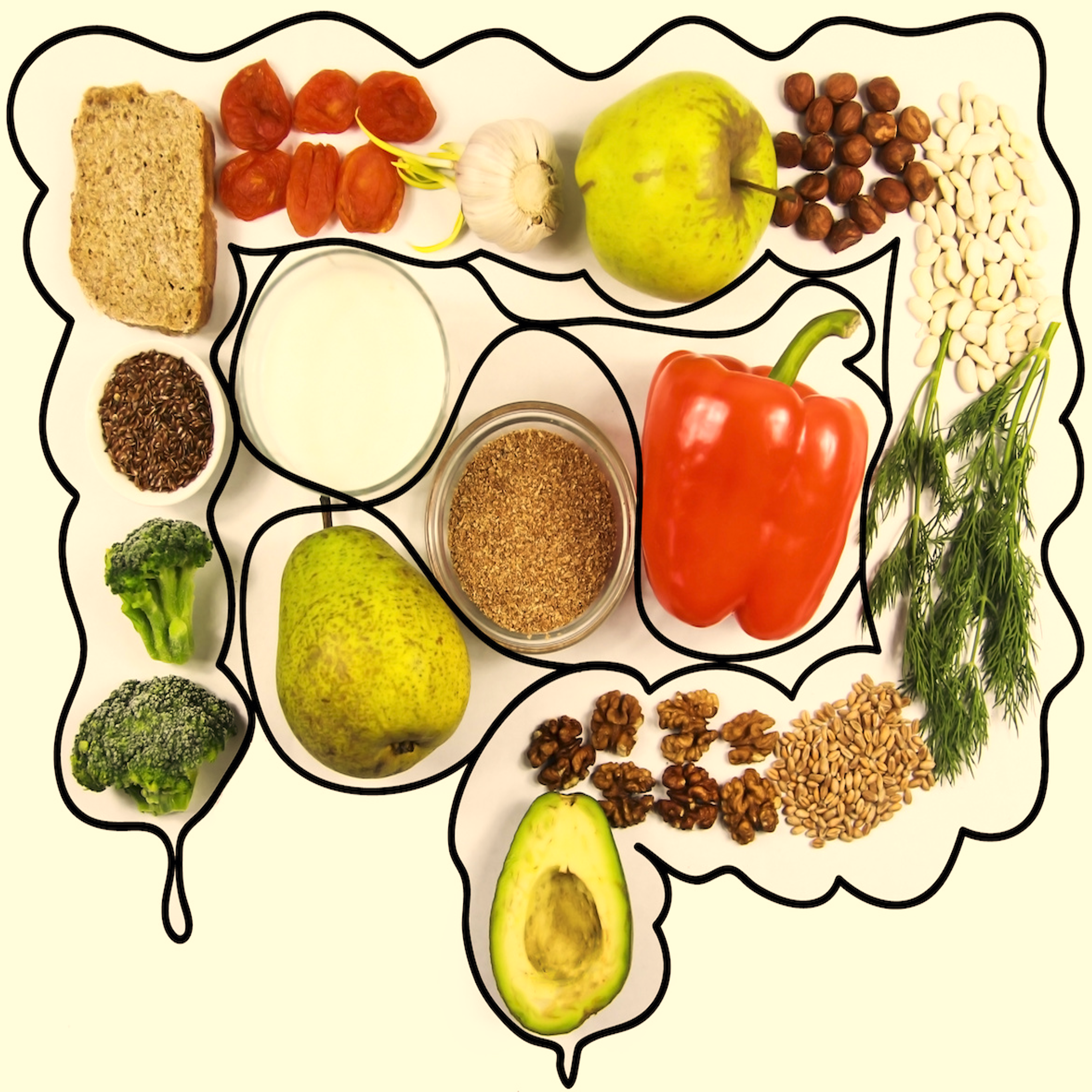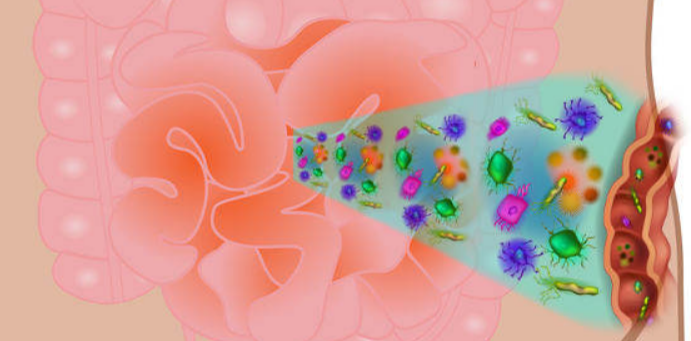
Ayurveda’s Digestive Wisdom: Understanding Agni, Ama, and Doshas
Ayurvedic practices for gut health offer profound insights into maintaining health, with a special emphasis on digestion. Central to this are the concepts of Agni (digestive fire), Ama (toxins), and the Doshas (Vata, Pitta, Kapha), which play pivotal roles in digestive health.
Agni: The Digestive Fire and Its Types
Agni in Ayurveda is the biological fire that governs metabolism. It’s not just limited to the digestion of food but extends to the assimilation of sensory perceptions and mental experiences. Agni transforms matter into energy, assimilates nutrients, and eliminates waste products. It’s also responsible for the vitality and strength of the body’s tissues.
There are several types of Agni in the body, each serving a specific purpose:
- Jatharagni: The central digestive fire located in the stomach and duodenum, responsible for the primary digestion of food.
- Bhutagni: These are five Agnis corresponding to the five elements (Pancha Mahabhutas), each metabolizing the respective element in food.
- Dhatwagni: The seven Agnis present in the seven tissues (Dhatus) of the body, responsible for tissue metabolism.
The state of Agni is critical in Ayurveda. A balanced Agni leads to good health, while an imbalanced Agni can cause various health issues.
Ama: Toxins and Their Impact on Gut Health
Ama in Ayurveda refers to the toxic byproducts produced by incomplete or improper digestion. It is a sticky, foul-smelling substance that can clog the channels in the body and hinder the flow of energy and nutrients. The creation of Ama is directly linked to the state of Agni. When Agni is weak, it leads to the formation of Ama.
Ama accumulation in the digestive system can lead to a range of health issues, from minor digestive disturbances to more severe conditions like IBS, bloating, constipation, or even chronic diseases. Therefore, managing Ama through dietary and lifestyle changes is crucial for maintaining gut health.
Doshas and Their Role in Digestive Health
The three Doshas – Vata, Pitta, and Kapha – derived from the five elements, also play significant roles in digestive health.
- Vata: Governed by air and ether, Vata regulates movement and is responsible for the movement of food through the digestive tract. An imbalance in Vata can lead to digestive issues like gas, bloating, and constipation.
- Pitta: Composed of fire and water, Pitta oversees digestion, absorption, and assimilation. It governs the Jatharagni. An imbalanced Pitta can lead to hyperacidity, inflammation, and indigestion.
- Kapha: Made up of earth and water, Kapha lends structure and lubrication. In the stomach, it protects the tissues from the harshness of Pitta. However, excessive Kapha can dampen Agni, leading to sluggish digestion and the build-up of Ama.
Each individual’s Dosha composition influences their digestive characteristics. Ayurvedic treatments focus on balancing these Doshas with dietary guidelines, herbal remedies, and lifestyle adjustments tailored to individual needs.
Ayurveda, the ancient Indian system of medicine, places significant emphasis on diet as a means to maintain health and treat disease. A balanced diet in Ayurveda is not just about the nutrients; it’s a comprehensive approach that considers the individual’s constitution, the season, and even the time of day. This article explores the importance of a balanced diet in Ayurveda, foods that enhance digestive fire, dietary recommendations based on Dosha types, and the concept of mindful eating.
The Importance of a Balanced Diet in Ayurveda
In Ayurveda, a balanced diet is key to maintaining the equilibrium of the three Doshas (Vata, Pitta, and Kapha), which in turn ensures optimal health. The Ayurvedic diet is tailored to an individual’s unique constitution and takes into account their physical, mental, and emotional well-being. It’s not one-size-fits-all; what might be beneficial for one person could be detrimental to another.
Foods That Enhance Digestive Fire (Agni)
Agni, the digestive fire, is central to the Ayurvedic understanding of health. A strong Agni enables efficient digestion, absorption, and assimilation of food, and prevents the build-up of Ama (toxins). Certain foods are known to enhance Agni:
- Spices like Ginger, Black Pepper, and Cumin: These spices stimulate the Agni without aggravating Pitta.
- Honey: Known as a natural detoxifier, honey, when taken in moderation, helps in balancing Kapha and enhancing Agni.
- Warm, Cooked Meals: Ayurveda prefers warm, cooked meals over raw food as they are easier to digest and more nurturing for the Agni.
Dietary Recommendations Based on Dosha Types
- Vata-Pacifying Diet: Vata is dry and light, so a Vata-balancing diet should include foods that are warm, moist, and grounding. Think cooked grains, root vegetables, nuts, and dairy products.
- Pitta-Pacifying Diet: Pitta is hot and intense, so cooling, refreshing foods are recommended. These include fruits like melons and pears, vegetables like cucumbers and leafy greens, and dairy products.
- Kapha-Pacifying Diet: Kapha is heavy and slow, so a stimulating diet is needed. Foods that are light, dry, or spicy, such as leafy greens, beans, and spices like turmeric and chili, are ideal.
The Concept of Mindful Eating in Ayurveda
Mindful eating is a key component of the Ayurvedic diet. It involves being fully present while eating, appreciating the flavors, textures, and smells of the food, and being attentive to the body’s hunger and fullness cues. Mindful eating helps in better digestion and absorption of nutrients, and ensures that one does not eat more or less than needed.
In Ayurveda, how you eat can be as important as what you eat. Eating in a calm and relaxed environment, chewing food thoroughly, and avoiding distractions during meals are practices that enhance the overall eating experience.
Ayurveda, the ancient Indian system of holistic healing, offers a treasure trove of herbs that are beneficial for digestive health. These herbs have been used for centuries to balance the digestive system, enhance absorption of nutrients, and eliminate toxins. This article will delve into some common Ayurvedic herbs for gut health, how they support the digestive system, and provide guidelines for using Ayurvedic supplements.
Common Ayurvedic Herbs for Gut Health
- Triphala: A cornerstone in Ayurvedic medicine, Triphala is a powerful herbal remedy consisting of three fruits: Amalaki, Bibhitaki, and Haritaki. It is renowned for its gentle cleansing action on the bowels, aiding in detoxification, and balancing the three Doshas (Vata, Pitta, Kapha).
- Ginger: Known as a universal medicine in Ayurveda, ginger is a potent herb that stimulates digestive fire (Agni), helps in the breakdown of food, and alleviates gas and bloating. It’s particularly effective in managing nausea and indigestion.
- Asafoetida (Hing): This pungent resin is commonly used in Indian cooking for its digestive properties. Asafoetida is excellent for reducing flatulence, balancing Vata, and stimulating Agni.
How These Herbs Support Digestive Health
- Triphala: Its mild laxative action aids in regular bowel movements, making it effective against constipation. It also acts as an antioxidant, helping in cellular rejuvenation, particularly in the gastrointestinal tract.
- Ginger: Its warming properties enhance digestion and absorption by stimulating the production of digestive enzymes. Ginger also has anti-inflammatory and anti-nausea properties, making it beneficial in soothing the stomach lining.
- Asafoetida: Asafoetida’s unique compounds help in reducing bloating and other symptoms of irritable bowel syndrome (IBS). It also aids in the digestion of legumes and other heavy foods.
Guidelines for Using Ayurvedic Supplements
- Consultation with an Ayurvedic Practitioner: Before starting any herbal supplement, it’s advisable to consult with an Ayurvedic practitioner. They can offer personalized advice based on your Dosha type and specific health needs.
- Understanding Dosage and Timing: Each herb has its specific dosage and ideal time of consumption. For instance, Triphala is often taken before bed to support overnight cleansing, while ginger can be consumed before meals to stimulate appetite and digestion.
- Quality and Purity: Always choose high-quality, pure Ayurvedic supplements from reputable sources. The purity of the herb affects its potency and effectiveness.
- Mindful Integration with Diet: Ayurvedic herbs work best when integrated with an appropriate diet and lifestyle that supports your overall digestive health.
- Monitoring Your Body’s Response: Pay attention to how your body responds to these supplements. Some herbs might not suit everyone, and adjustments may be necessary.
- Duration of Use: Some Ayurvedic herbs are meant for short-term use, while others can be taken for longer periods. Follow the guidance of an Ayurvedic practitioner regarding the duration of use.
Ayurvedic herbs like Triphala, Ginger, and Asafoetida offer natural and effective ways to support and maintain gut health. When used wisely and in conjunction with a balanced diet and healthy lifestyle, these herbs can significantly enhance digestive wellness. As always, it’s important to approach herbal supplementation with mindfulness and under the guidance of a professional to ensure the best results for your individual health needs.
This is Part II in the Ayurvedic practices for gut health series.
If you missed the previous part, here is Part I.
To move on to the next section, here is Part III.
References:
- “Ayurvedic Approach to Gastrointestinal Disorders” in World Journal of Gastroenterology.
- “Integrative Role of Ayurveda for Gut Health: A Comprehensive Review” in the Journal of Alternative and Complementary Medicine.
- “Role of Ayurvedic Herbs in the Management of Digestive Disorders” in Phytotherapy Research.
- “Ayurvedic Insights on Gut Microbiota: The Link between Ancient and Modern Science” in Gut Microbes.



























